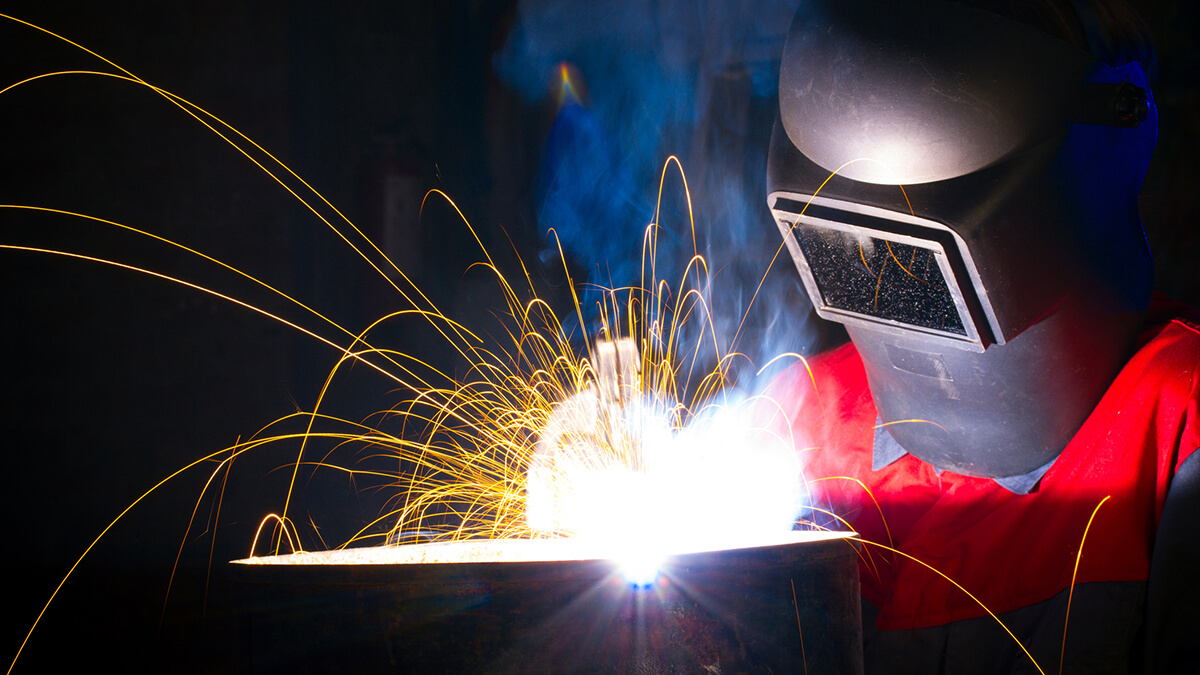Laser cutting technology Compared with traditional cutting, the laser cutting process has better accuracy, and precise details are cut through a high-intensity laser beam.
Laser cutting in recent application
Laser cutting is a technology that uses a laser to slice materials. While typically used for industrial manufacturing applications, it is also starting to be used by schools, small businesses, and hobbyists. Laser cutting works by directing the output of a high-power laser most commonly through optics. The laser optics and CNC (computer numerical control) are used to direct the material or the laser beam generated. The focused laser beam is directed at the material, which then either melts, burns vaporize away, or is blown away by a jet of gas, leaving an edge with a high-quality surface finish.
Why "Laser" is used for cutting?
Lasers are used for many purposes. One way they are used is for cutting metal plates. On mild steel, stainless steel, and aluminum plate, the laser cutting process is highly accurate, yields excellent cut quality has a very small kerf width and small heat affect zone, and makes it possible to cut very intricate shapes and small holes.
Most people already know that the word “LASER” is actually an acronym for Light Amplification by Stimulated Emission of Radiation. But how does light cut through a steel plate?
The laser beam is a column of very high-intensity light, of a single wavelength, or color. In the case of a typical CO2 laser, that wavelength is in the Infra-Red part of the light spectrum, so it is invisible to the human eye. The beam is only about 3/4 of an inch in diameter as it travels from the laser resonator, which creates the beam, through the machine’s beam path. It may be bounced in different directions by a number of mirrors, or “beam benders”, before it is finally focused onto the plate. The focused laser beam goes through the bore of a nozzle right before it hits the plate. Also flowing through that nozzle bore is a compressed gas, such as Oxygen or Nitrogen.
How does a laser cutting machine works?
A laser cutting machine performs a cutting process by emitting a beam of high-intensity laser light having a single wavelength or color. As the laser beam travels from the laser resonator through the path of the machine, it may be focused by a special mirror, lens, curved mirror or beam bender onto a working cutting point on the object.
The precise focus of the laser beam is to increase the thermal density to a very high level, and its high power density allows it to be heated quickly to melt and cut. Wherein the laser beam is added with compressed gas, such as oxygen or nitrogen, the laser beam will initially dissolve the material, while the high-pressure gas will melt the molten metal out of the crack, while the CNC laser cutting machine controls the laser cutting head, which is calculated first. The moving path moves, and the distance between the laser head and the object also needs to be accurately calculated, which is the operation of the laser cutting machine.
The advantage of laser cutting technology compared to general mechanical cutting is that the cutting precision is higher, and the cutting process does not need to contact the object, and the pollution of the object can be reduced and the friction consumption of the laser cutting machine itself can be better maintained. Laser cutting technology, on the other hand, has a small heat-affected zone and is therefore capable of precision or more complex cutting requirements. Laser cutting is a stable, reliable, and very accurate cutting process.














